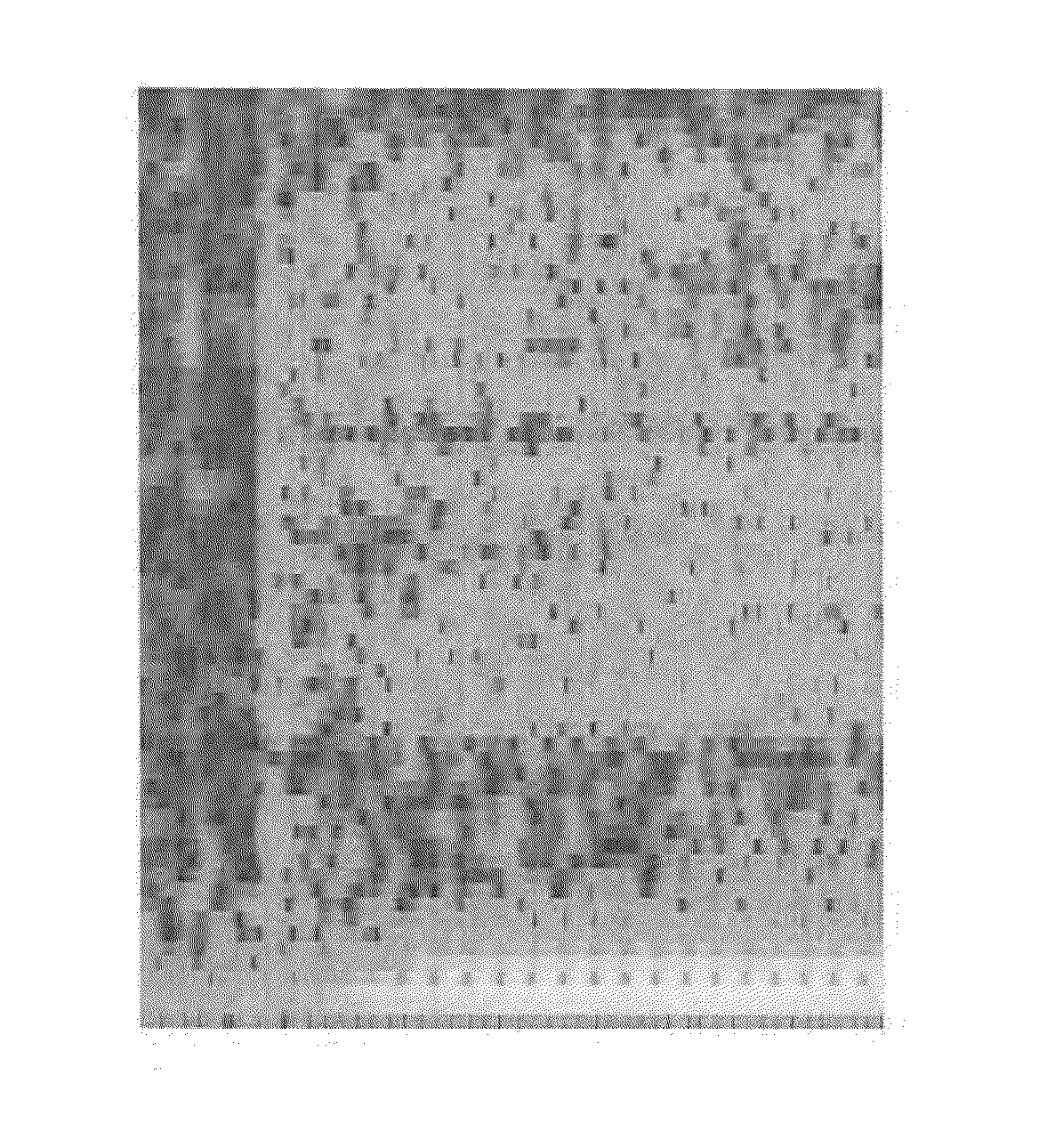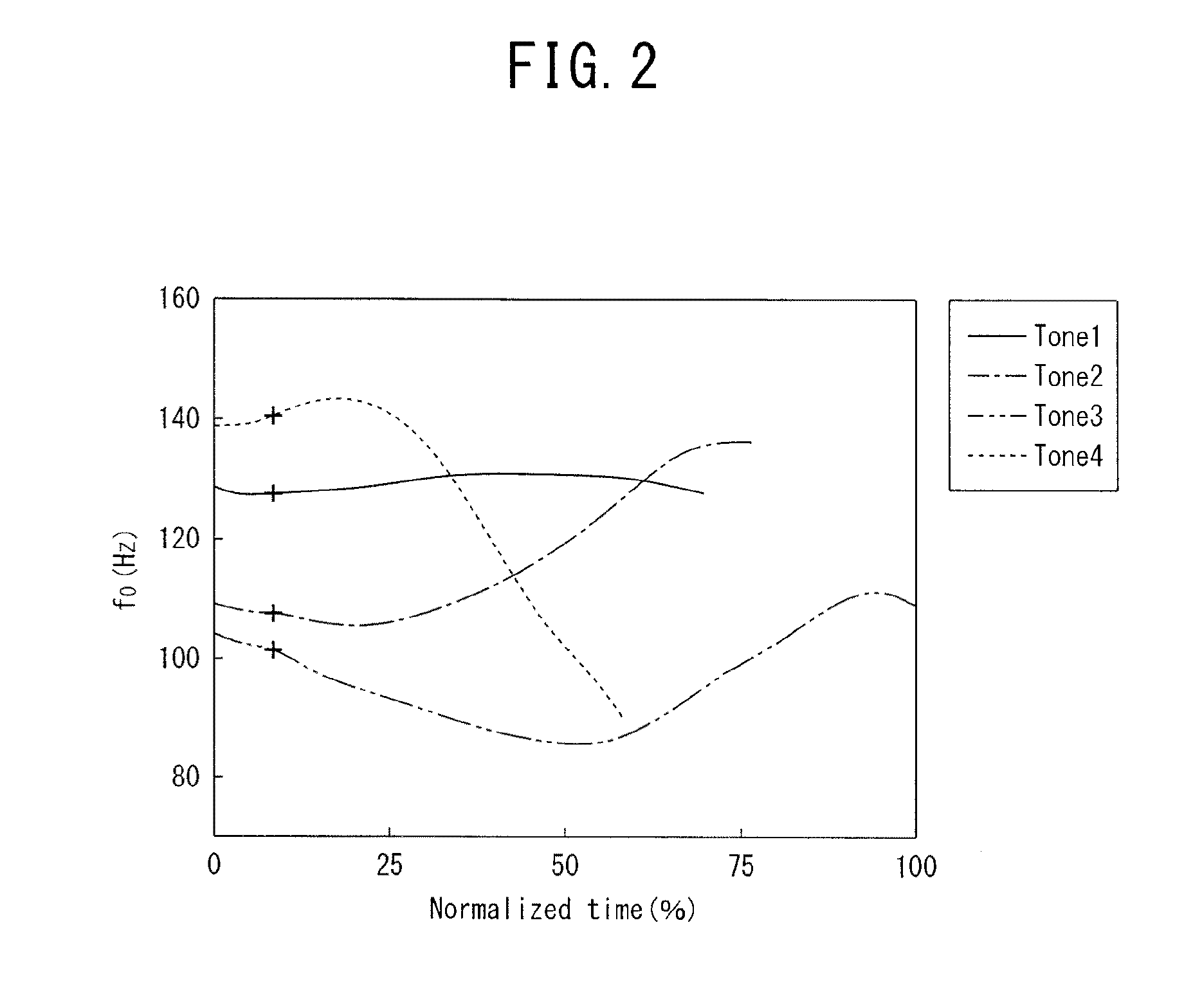Speech recognition apparatus
a recognition apparatus and speech technology, applied in the field of speech recognition apparatus, can solve the problems of difficult even for humans to distinguish among, difficult to precisely distinguish from each character, short utterance of alphabet, etc., and achieve the effect of improving the recognition rate of the target character, enhancing the sound energy of the first phoneme, and easy extraction of the acoustic feature of the target character
- Summary
- Abstract
- Description
- Claims
- Application Information
AI Technical Summary
Benefits of technology
Problems solved by technology
Method used
Image
Examples
Embodiment Construction
[0052]An embodiment of the present invention will be below explained with reference to the accompanying drawings.
[0053]FIG. 1 is a schematic configuration diagram illustrating an example of a speech recognition apparatus 100 according to an embodiment of the present invention.
[0054]The speech recognition apparatus 100 is realized by, for example, a personal computer, and includes a user information processor 1, a speech recognizer 2, a sound input device 3, and a recognition result output device 4.
[0055]The user information processor 1 includes a user information input device 11, a user information processing unit 12, and an alphabet utterance method database 13.
[0056]The user information input device 11 is for a login operation to the speech recognition apparatus 100, and for an inputting of user information, etc., and is realized by, for example, a keyboard. The user information is to identify a user subjected to a speech recognition, and includes, for example, a user ID.
[0057]The...
PUM
 Login to View More
Login to View More Abstract
Description
Claims
Application Information
 Login to View More
Login to View More - R&D
- Intellectual Property
- Life Sciences
- Materials
- Tech Scout
- Unparalleled Data Quality
- Higher Quality Content
- 60% Fewer Hallucinations
Browse by: Latest US Patents, China's latest patents, Technical Efficacy Thesaurus, Application Domain, Technology Topic, Popular Technical Reports.
© 2025 PatSnap. All rights reserved.Legal|Privacy policy|Modern Slavery Act Transparency Statement|Sitemap|About US| Contact US: help@patsnap.com



